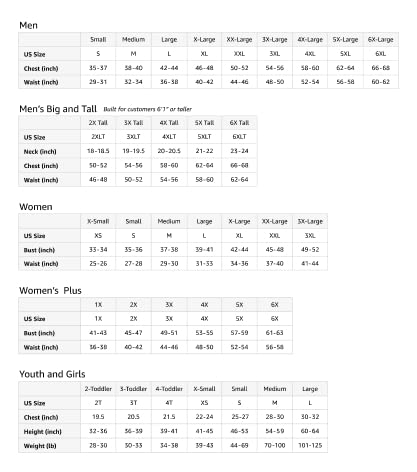Authentic Cuban Cuisine for Discerning Diners
Category: la cubanita

Improving the user experience is a crucial aspect of any successful product or service. By focusing on the needs and expectations of the target audience, businesses can create intuitive and engaging interfaces that foster a positive interaction between the user and the product. This not only enhances customer satisfaction but also leads to increased brand loyalty and, ultimately, business success.
One of the key elements in improving user experience is understanding the target audience. Conducting thorough user research, including surveys, interviews, and usability testing, can provide valuable insights into the users' preferences, pain points, and behavior patterns. This information can then be used to tailor the design and functionality of the product to better meet the users' needs.
Another essential aspect of user experience optimization is the design of the interface. A well-designed interface should be visually appealing, intuitive, and easy to navigate. This can be achieved through the use of clear and consistent visual cues, logical information architecture, and intuitive interaction patterns. By prioritizing the user's perspective, designers can create interfaces that are both aesthetically pleasing and highly functional.
Additionally, the performance and responsiveness of the product or service are crucial factors in shaping the user experience. Users expect fast loading times, seamless transitions, and reliable functionality. Optimizing the technical aspects of the product, such as improving page load times, reducing latency, and ensuring the stability of the system, can significantly enhance the overall user experience.
Personalization and customization also play a vital role in improving user experience. By allowing users to tailor the product to their individual preferences and needs, businesses can foster a sense of ownership and engagement. This could involve features like user-specific settings, personalized content recommendations, or the ability to customize the interface layout.
Finally, ongoing user feedback and iterative improvement are essential for maintaining and enhancing the user experience over time. By regularly collecting and acting on user feedback, businesses can identify areas for improvement, address pain points, and continuously refine the product to better meet the evolving needs of their target audience.
In conclusion, improving user experience is a multifaceted and strategic endeavor that requires a deep understanding of the target audience, a thoughtful design approach, optimized technical performance, and a commitment to continuous improvement. By prioritizing the user's needs and preferences, businesses can create products and services that not only meet but exceed customer expectations, leading to increased user satisfaction, loyalty, and, ultimately, long-term business success.
product information:
| Attribute | Value |
|---|








